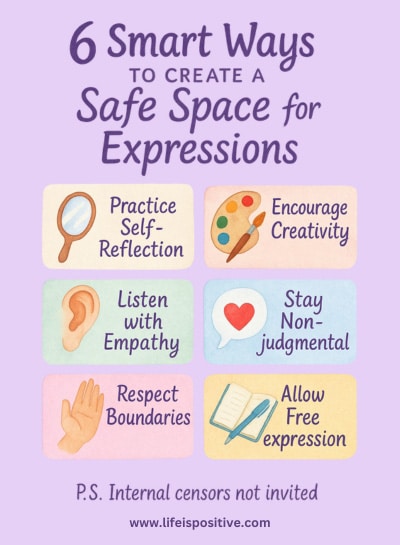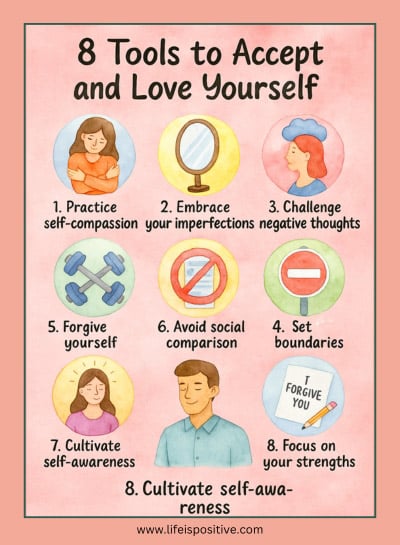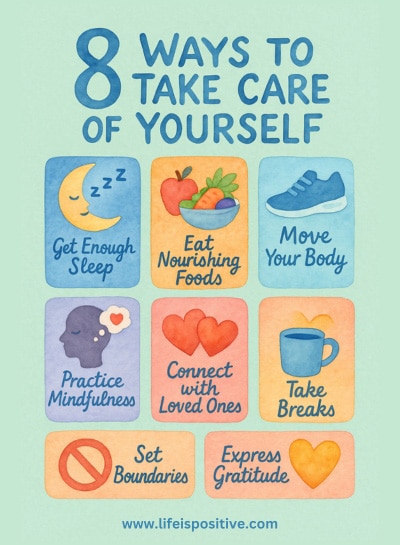Anger in relationships is real, and when it flares, it can leave you feeling like you’re tiptoeing through an emotional minefield. Knowing how to deal with your partner’s anger issues is less about fixing them and more about protecting your peace while encouraging healthy communication.
Anger doesn’t have to mean chaos, especially when calm becomes your superpower.
1. Acknowledge the Emotion Without Judgment
First off, let’s just say it—anger isn’t the enemy. It’s your partner’s brain waving a bright red flag saying, “Hey! Something’s not sitting right!” So when their voice gets sharp or their shoulders tense up, don’t jump to fix or fight.
Instead, try this: “I can tell you’re upset. I’m here, if you want to talk.” Simple, calm, no drama. Ditching judgment is the magic move here. It’s how you create space for connection, not conflict—one of the smartest ways to deal with a partner’s anger issues.
2. Create a Safe Space for Expression
Think of it like emotional first aid—if your partner’s heating up, your job isn’t to douse the fire with a fire hose (aka yelling back), but to be the calm in the storm. If things are boiling over, gently suggest a break.
If the vibe feels more “let’s talk,” pull up a chair and say, “Wanna tell me what’s really bugging you?” You don’t need to fix everything—you just need to show up. Knowing when to lean in and when to back off? That’s a game-changer when it comes to dealing with a partner’s anger issues.
3. Establish Ground Rules for Conflicts
Let’s be real—love doesn’t mean letting anger run wild. Setting some house rules isn’t controlling, it’s caring. Sit down with your partner when things are not heated and agree on a few basics: no yelling matches, no slamming doors, and absolutely no name-calling.
If things get too intense, take a time-out—not as punishment, but as a reset. These boundaries aren’t walls; they’re safety nets. They help both of you feel seen and safe. Boundaries = love with structure.
4. Practice Mindful Listening
When anger’s in the air, don’t brace for impact—breathe and hold the space. This is where mindful listening comes in like a superpower. It’s not about fixing things on the spot. It’s about showing up with soft eyes, open ears, and a heart that says, “I’m here.”
Try something like, “Tell me what’s really going on underneath all this.” No eye rolls, no defensive comebacks—just presence. Because here’s the deal: when someone feels truly heard, the fire doesn’t need to rage. That’s a deeply underrated step in how to deal with a partner’s anger issues—it’s not silence or avoidance, it’s soulful listening.
Read: How to Release Anger: 3 Healthy Ways
5. Offer Emotional Regulating Tools
When the tension’s rising and the vibe gets stormy, help your partner hit the brakes—gently. Say something like, “Hey, let’s pause for a second. Want to breathe with me?” Try the simple four-count breath: inhale for four, hold it, exhale for six. It sounds small, but it works like a nervous system reset.
Offer water (yes, hydration helps!), open a window, or hand them that random stress ball from your desk drawer. These tiny, grounding tricks are surprisingly effective in defusing heat without making it feel like a shutdown.
They’re not just “coping tools”—they’re connection tools. They say, “I see you. I’m with you. Let’s come back to center.” And that’s what it looks like in real time when you’re learning how to deal with a partner’s anger issues in a kind, practical way.
6. Model Emotional Balance
It’s tempting to match fire with fire—especially when your partner’s anger flares up. But if you meet rage with rage, you’ve basically signed up for a full-blown emotional wildfire. Instead, think of yourself as the cool breeze that helps things settle.
Keep your voice low, your body language open, and your tone steady. You can say something like, “I get that you’re upset. I’m starting to feel overwhelmed too—can we take a breather?” That one moment of calm can shift the entire dynamic. You’re not minimizing their feelings; you’re modeling a better way to move through them.
Learning how to deal with a partner’s anger issues often starts with managing your own energy first. You’re showing them—without preaching—that peace is an option. And that’s quietly powerful.
7. Encourage Professional Help When Needed
Sometimes anger isn’t just about the moment—it’s about the stuff buried way deeper. Maybe it’s old trauma, burnout, anxiety, or just years of never being taught how to handle big emotions. If your partner’s anger seems bigger than the situation calls for, it might be time to gently explore the root cause.
You can bring it up with compassion, not criticism. Try something like, “I know things get intense sometimes, and I really want us both to feel good in this relationship. What do you think about talking to someone who can help us figure this out together?”
Therapy or anger-management coaching isn’t about fixing someone who’s broken. It’s about growing. Framing it as a shared journey toward being your best, healthiest selves makes it feel like a team move, not a judgment.
When it comes to how to deal with a partner’s anger issues, offering that kind of loving support can be a real game-changer.
8. Take Care of Yourself, Too
Let’s be real—supporting someone who’s wrestling with anger can feel like emotional weightlifting. And if you’re always the one trying to stay calm, keep the peace, or hold the emotional space, burnout sneaks up fast.
That’s why your own self-care isn’t optional—it’s essential. Maybe it’s zoning out to music, getting lost in a book, taking long walks, journaling, praying, or just venting to a friend who gets it. Whatever fills your cup, make time for it. Your nervous system needs love, too.
Don’t guilt yourself for needing breaks. You’re not being selfish—you’re being wise. You’re saying, “I matter, too,” and that message ripples into every part of your relationship.
Because here’s the truth: learning how to deal with your partner’s anger issues doesn’t mean putting your own well-being on the back burner. It means caring for both of you. And sometimes, the kindest thing you can do for them… is taking care of you.
Read: What To Do When Your Partner Has Anger?
Bonus Tips That Transform the Journey
Want to make real progress in dealing with your partner’s anger issues? It’s not just about managing blowups—it’s about deepening connection when things are calm.
1. Start with soul-level check-ins. Seriously. Ask questions like, “What’s been weighing on your heart lately?” or “When do you feel most supported by me?” These gentle convos build trust and soften those sharp edges.
2. Now let’s talk about how you speak during conflict. Swap the finger-pointing for “I” statements. Say, “I feel hurt when that happens,” instead of “You never listen.” That tiny shift? Total game-changer. It keeps your partner from going into defense mode and invites real dialogue.
3. Add a shared ritual—maybe a Sunday morning “pause and process” over coffee. Each of you shares one emotion from the week. No judgment, just space to be real. It creates a rhythm of openness that pays off during tougher moments.
4. And don’t forget to celebrate the little wins. When they pause, breathe, or check themselves mid-rant, notice it. Say, “I saw that—you’re doing the work. Thank you.” Reinforcement like that? It matters more than you think.
Why Dealing with a Partner’s Anger Issues Works
Here’s the thing: anger usually isn’t the main act—it’s the cover band. Beneath it? You’ll often find hurt, fear, stress, or straight-up exhaustion playing backup. So when your partner lashes out, try to see past the volume. Ask yourself, “What’s really going on underneath all this?”
That’s where love and curiosity come in. Instead of coming at them with blame, come with a heart. A gentle, “Hey, is there something deeper behind this?” can open a door that yelling never will. And trust—when someone feels safe enough to be real with you, that’s where the real healing happens.
All the strategies we’ve talked about boil down to two big truths:
1. Emotions are messengers. Anger’s just the loud one trying to get your attention.
2. Every couple hits tough patches. But the ones who grow? They lean in, not away.
So the next time emotions run high, remember: you’re not just managing conflict—you’re deepening your connection.
Read: My Anger Is Out of Control? Try These 10 Quick Fixes
Final Thoughts: Partner’s Anger Issues
Learning how to deal with a partner’s anger issues isn’t about fixing them like a leaky faucet—it’s a process, a rhythm, a beautifully messy dance of love, patience, and real talk.
It’s choosing growth over grudges. It’s showing up even when it’s hard. And most of all, it’s recognizing that progress is found in the little wins—like a calm breath instead of a clapback, or a “let’s pause” instead of a full-blown blow-up.
This journey isn’t about being flawless—it’s about being aware, being kind, and being in it together. Every step you take toward understanding and calm creates space for something better to grow: trust, healing, and a stronger emotional bond.
So when anger starts losing its grip and love begins to lead the way, celebrate it. That’s big. That’s sacred. That’s the kind of relationship people write poems about.
Keep going. You’re not just navigating tough moments—you’re building a foundation of compassion that’ll carry you both forward. You’ve got this, truly.



